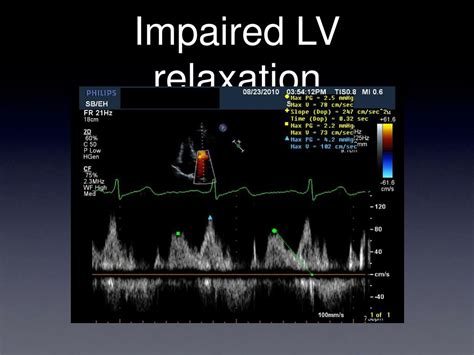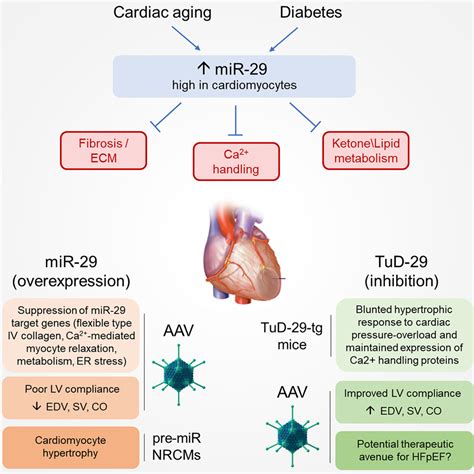lv compliance | impaired Lv relaxation treatment lv compliance Ventricular Compliance. As the ventricle fills with blood, the pressure and volume that result from filling are determined by the compliance of the ventricle. Normally, compliance curves are plotted as the change in volume (ΔV) over the change in pressure (ΔP). Wind Erosion. しんしょくのあらし. As long as Flygon is your Active Pokémon, discard the top card from your opponent's deck between turns. Extreme Attack. エクストリームアタック. Choose 1 of your opponent's Pokémon LV.X. This attack does 150 damage to that Pokémon. (Don't apply Weakness and Resistance for Benched .
0 · what is impaired Lv relaxation
1 · myocardial compliance
2 · is impaired Lv relaxation dangerous
3 · impaired left ventricular relaxation treatment
4 · impaired left ventricular relaxation symptoms
5 · impaired Lv relaxation treatment
6 · impaired Lv relaxation on echo
7 · Lv diastolic function guidelines
FM World.lv. 46 likes. Federico Mahora smaržas, kas iedvesmotas no pazīstamiem zīmoliem, bet ir ar savu oriģinalitāti, kvalitatīva minerālā kosmētika, tēja, kafija, saldumi, uztura bagātinātāji un.
Ventricular Compliance. As the ventricle fills with blood, the pressure and volume that result from filling are determined by the compliance of the ventricle. Normally, compliance .Left ventricular compliance is defined by the relationship between the increase in LV volume and pressure during LV filling (dV/dp). Stiffness is the opposite of compliance (dp/dV). The .
double c chanel belt
Left ventricular compliance. Multiple factors affect ventricular compliance. These factors include age, afterload, myocardial synchronization and intracellular processes (e.g intracellular . ingly, we describe our present understanding of left ventricular diastolic compliance emphasizing the applications of the concepts involved to clinical cardiology. Ventricular Compliance. As the ventricle fills with blood, the pressure and volume that result from filling are determined by the compliance of the ventricle. Normally, compliance curves are plotted as the change in volume (ΔV) over the change in pressure (ΔP).
Left ventricular compliance is defined by the relationship between the increase in LV volume and pressure during LV filling (dV/dp). Stiffness is the opposite of compliance (dp/dV). The relationship between LV volume and pressure is determined by cellular, extracellular, and .
chanel yeux waterproof eros swatches
Left ventricular compliance. Multiple factors affect ventricular compliance. These factors include age, afterload, myocardial synchronization and intracellular processes (e.g intracellular calcium signaling, the sodium–potassium pump, mitochondrial function, actin-myosin interactions, etc.). ingly, we describe our present understanding of left ventricular diastolic compliance emphasizing the applications of the concepts involved to clinical cardiology. Left ventricular diastolic compliance is determined by the level of operating pressure and the diastolic pressure-volume relation. This relation is curvilinear and the slope of a tangent (operative chamber stiffness) to the pressure-volume curve increases as the chamber progressively fills.LV compliance is regulated by a separate set of proposed pathways, which warrant some detailed discussion. The proposed pathophysiology of increased stiffness of the left ventricle with aging is multifactorial. Much of the focus in this field has centered on the extracellular matrix (ECM).
dupe chanel pirate
Many aspects of left ventricular function are explained by considering ventricular pressure–volume characteristics. Contractility is best measured by the slope, Emax, of the end-systolic pressure–volume relationship. Ventricular systole is usefully characterized by a time-varying elastance (ΔP/ΔV).
The central circulation is overloaded, but a normal LV compliance limits the increase in end-diastolic volume to a modest rise. This increment in volume produces a preload-dependent increase in LV stiffness, which adds to the pulmonary venous hypertension.This review focuses on the evaluation of LA size, LA function, and LA phasic function, and their specific role in evaluation of LVDD as well as consequent heart failure (HF) with preserved ejection fraction (HFpEF).LV preload can be assessed from the LV filling pressure, the LV end-diastolic volume, or LV end-diastolic stress. The pressure distending the ventricle immediately prior to contraction is the end-diastolic pressure. Ventricular Compliance. As the ventricle fills with blood, the pressure and volume that result from filling are determined by the compliance of the ventricle. Normally, compliance curves are plotted as the change in volume (ΔV) over the change in pressure (ΔP).
Left ventricular compliance is defined by the relationship between the increase in LV volume and pressure during LV filling (dV/dp). Stiffness is the opposite of compliance (dp/dV). The relationship between LV volume and pressure is determined by cellular, extracellular, and .
Left ventricular compliance. Multiple factors affect ventricular compliance. These factors include age, afterload, myocardial synchronization and intracellular processes (e.g intracellular calcium signaling, the sodium–potassium pump, mitochondrial function, actin-myosin interactions, etc.).

ingly, we describe our present understanding of left ventricular diastolic compliance emphasizing the applications of the concepts involved to clinical cardiology. Left ventricular diastolic compliance is determined by the level of operating pressure and the diastolic pressure-volume relation. This relation is curvilinear and the slope of a tangent (operative chamber stiffness) to the pressure-volume curve increases as the chamber progressively fills.
what is impaired Lv relaxation
myocardial compliance
LV compliance is regulated by a separate set of proposed pathways, which warrant some detailed discussion. The proposed pathophysiology of increased stiffness of the left ventricle with aging is multifactorial. Much of the focus in this field has centered on the extracellular matrix (ECM). Many aspects of left ventricular function are explained by considering ventricular pressure–volume characteristics. Contractility is best measured by the slope, Emax, of the end-systolic pressure–volume relationship. Ventricular systole is usefully characterized by a time-varying elastance (ΔP/ΔV).
The central circulation is overloaded, but a normal LV compliance limits the increase in end-diastolic volume to a modest rise. This increment in volume produces a preload-dependent increase in LV stiffness, which adds to the pulmonary venous hypertension.
is impaired Lv relaxation dangerous
This review focuses on the evaluation of LA size, LA function, and LA phasic function, and their specific role in evaluation of LVDD as well as consequent heart failure (HF) with preserved ejection fraction (HFpEF).

douglas chanel gabriel
cristian chanel e isabel
2023 Ford Focus. Trade Me has 355 listings for Ford Focus for sale. Get detailed vehicle info, view photos, and do a quick background check so you can buy with confidence today.
lv compliance|impaired Lv relaxation treatment

























